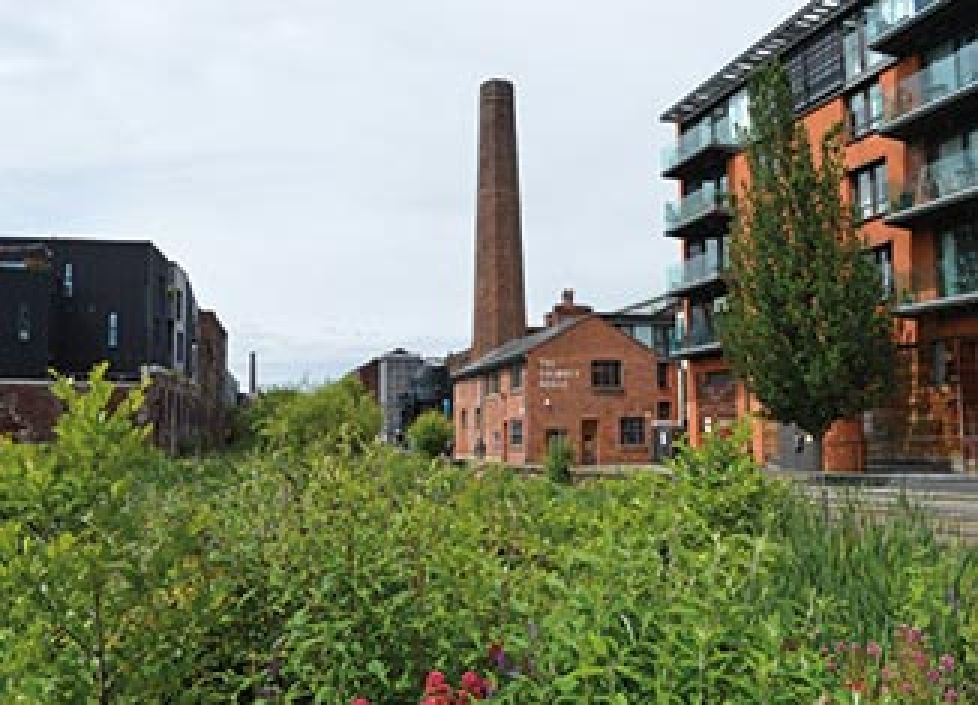As most would agree, development is frequently about balance. On the one hand there is a requirement to provide the numbers of homes people need. Yet on the other there is the issue of providing them where they are actually needed, to say nothing of wanted.
National and local politicians, planners and developers often find themselves in a quandary here. Developers are obviously keen to build where people want to buy and politicians are to some extent duty bound to accommodate this demand. Yet issues such as planning law, planning policy, politics and public opinion contrive to complicate things.
Green belt is an important issue and an ongoing case in South Oxfordshire is bringing into focus the concept of green belt, and when and by whom it can be overridden.
First, a quick refresh on what green belt is supposed to be: The concept dates back to the Town & Country Planning Act of 1947 and its broad aim then was to discourage urban sprawl and the merging of separate communities in fast growing parts of the country. The then Government actively encouraged local authorities to designate green belt areas.
Today around 1.6m ha of land in England is green belt. This is mainly around London (the Metropolitan green belt) and the major urban areas of the North West, North East, West and South Yorkshire, and the East and West Midlands. Other less urbanised areas with green belt include South West Hampshire/East Dorset, Bristol and Bath, Stoke on Trent, Burton upon Trent, Oxford, Cambridge, York, and Cheltenham and Gloucester.
The status of green belt has been re-established as recently as The National Planning Policy Framework (NPPF) of 2012. This confirms a policy against inappropriate development on green belt land unless very special circumstances can be demonstrated to show that the benefits of the development outweigh the disadvantages.
The idea of developing green belt, or not, is relevant to Local Plans, which local authorities are required to prepare and maintain and submit for review by the Planning Inspectorate. The Government has always been able to ‘call in’ or review a plan and direct a local authority to alter it. However, a small but significant change occurred in 2016 with a new measure in the Housing & Planning Act 2016, which allows the Ministry of Housing, Communities and Local Government (MHCLG) to put a plan ‘on hold’, and also release the hold.




















